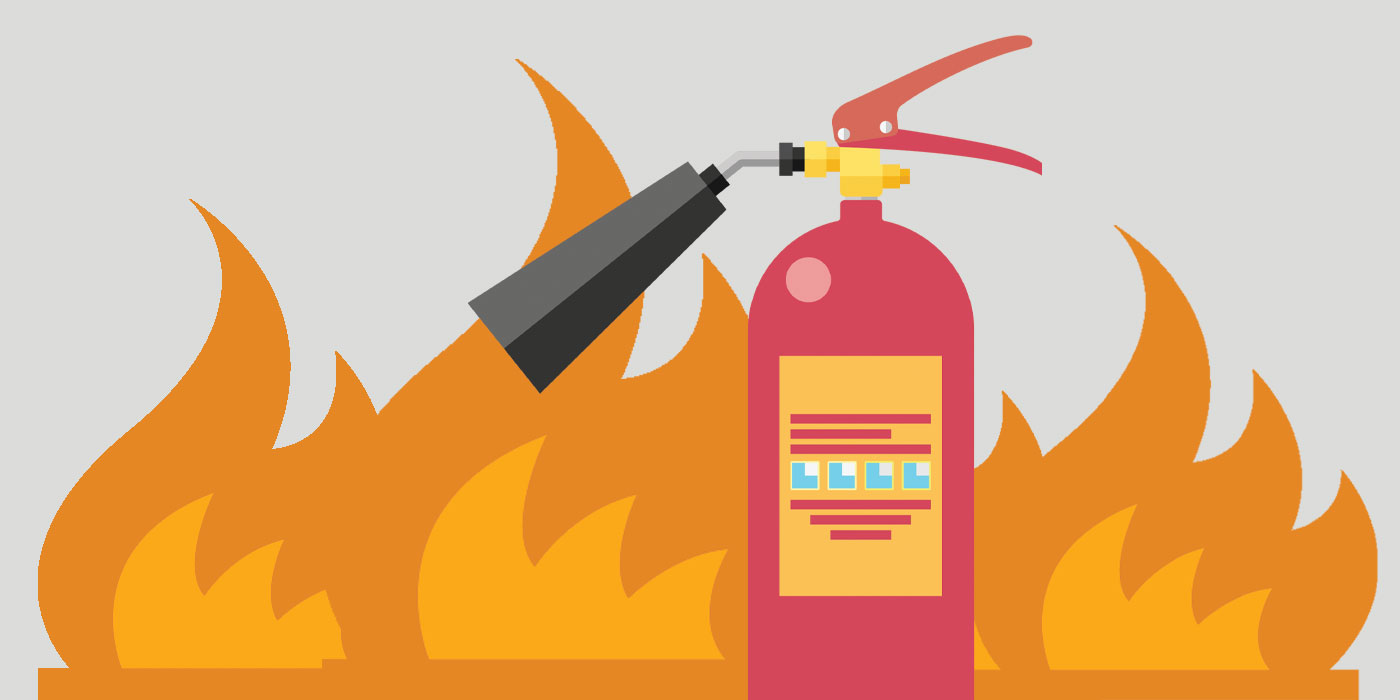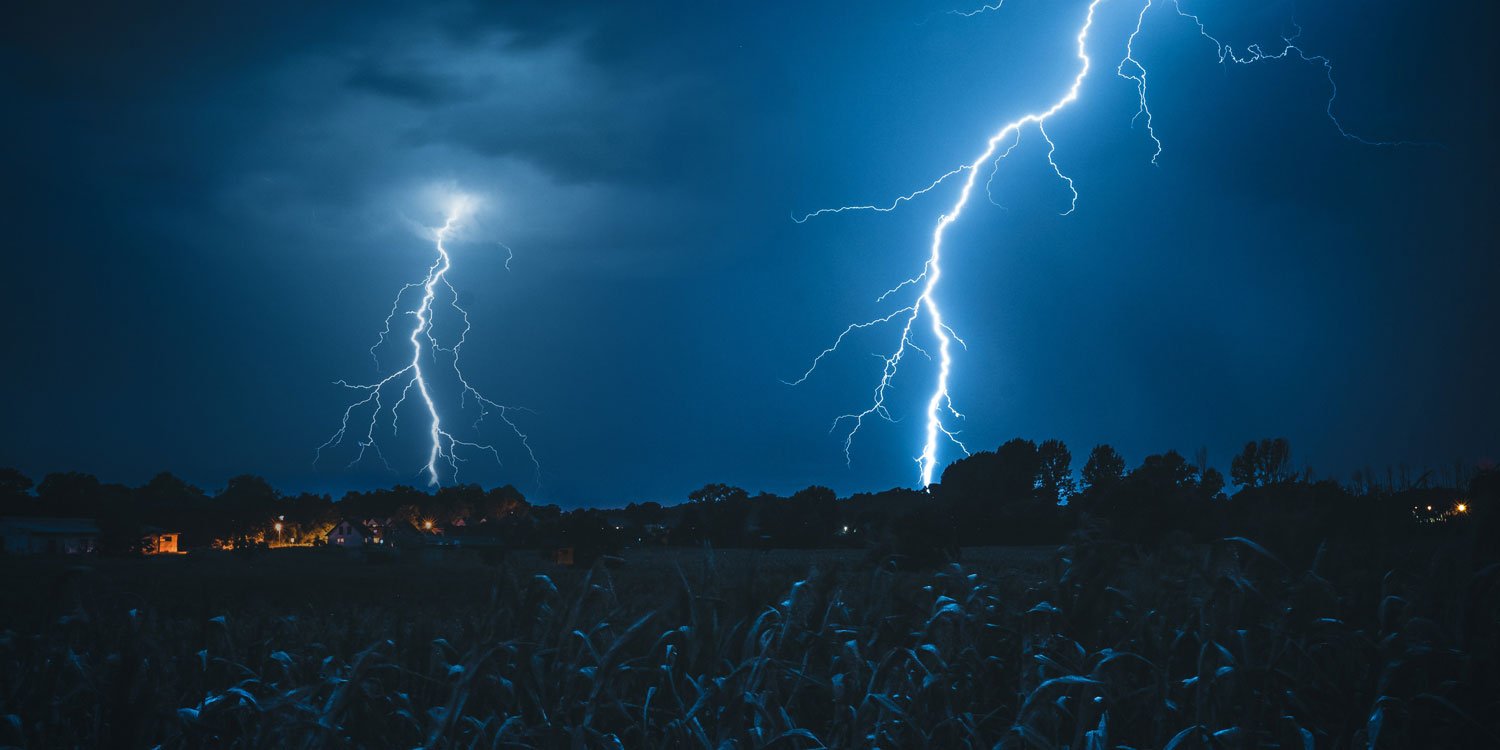1 min read
Home for the holidays: How to keep your home safe for the holidays, too
From decorations and shopping, to cooking and candles, your home is exposed to more risks around the holidays. Here are some ways to stay safe at...
1 min read
![]() Florida Family Insurance
Jan 17, 2023 10:39:04 AM
Florida Family Insurance
Jan 17, 2023 10:39:04 AM

Install and maintain smoke alarms in kitchen, laundry room, garage, and in each bedroom.
Test smoke alarms every month and replace batteries twice a year-when you change your clocks in the Fall and Spring.
Replace smoke alarms after 10 years of service.
Install a fire extinguisher and learn how to use it.
Don't leave burning candles unattended and be sure to extinguish cigarettes fully.
Stay away from pools, lakes, or other large bodies of water.
Ensure electrical wiring and extension cords don't run under rugs, over nails, or in high traffic areas, and that they are replaced if frayed or cracked.
Related resources:

1 min read
From decorations and shopping, to cooking and candles, your home is exposed to more risks around the holidays. Here are some ways to stay safe at...

1 min read
There are many things in your home that pose the risk of starting a fire, even accidentally. Here are some simple, proactive things you can do do...

1 min read
Lightning is a killer, all thunderstorms are dangerous, and every thunderstorm produces lightning. Here are some tips you can use to lessen the...